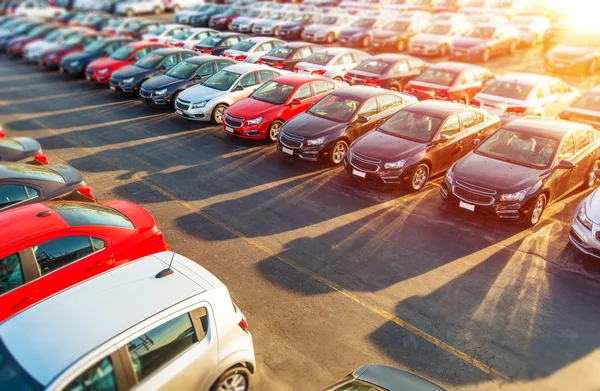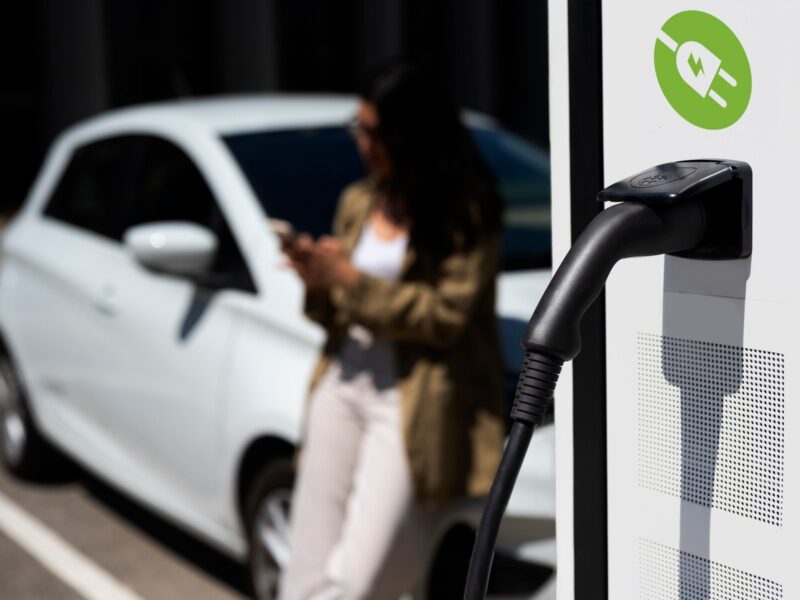Did you know that there are about 2.7 million American homes using solar power systems? Recently, smart homeowners have turned to bifacial solar panel systems for their energy needs.
Have you considered purchasing bifacial solar panels but aren’t sure how they work or if they’re worth it? Do you know the advantages of bifacial panels compared to traditional panels?
The following Bifacial Solar Panels Guide will explain everything you need to know about this fascinating technology.
Contents
What Are Bifacial Solar Panels?
Bifacial solar panels gather solar energy from direct sunlight and light reflection. They act as double-sided solar panels to generate more power.
The unique panels use transparent glass that allows some light to filter through. Then, the light reflects off of the surface underneath the glass. Bifacial panels replace metal frames with glass to let more light through. The glass is also tempered to reduce scratches.
The function just like PV panels to absorb sunlight and convert it into electricity. The backs and fronts of bifacial solar panels often share their circuitry to improve efficiency.
They’re more efficient than one-sided panels but they’re not as popular among residential customers. Bifacial panels tend to cost more and require specific conditions but work perfectly in certain situations.
Bifacial Solar Panel Benefits
Bifacial panels produce more energy than traditional solar panels and use less space per watt. This means you can install fewer solar panels to meet your home’s energy needs.
They have a frameless design covered in tempered glass which makes bifacial panels extra durable. The glass can handle extreme temperatures and powerful winds. Bifacial panel durability typically leads to a longer lifespan.
Many homeowners find that Bifacial modules look very aesthetically pleasing. The frameless feature of bifacial panels makes them look sleeker than regular one-sided panels.
Frameless bifacial panels don’t require grounding because there aren’t any outside metal contacts. This also reduces corrosion when compared to traditional solar panel systems.
Bifacial Solar Panel Cost
Bifacial panels function well in diffuse light because of their extra surface space. It means that they have lower long-term costs compared to one-sided panels.
Keep in mind that bifacial panels can’t be installed on residential roofs. They require special mounting systems which usually increases installation costs.
Some homeowners use the panels as patio awnings or create a perimeter around their home. Extra planning, space, and structures often lead to more expenses and don’t work for every property. You can view more on solar cost to get an estimate for your home.
Ready for Bifacial Solar Panels?
Now you know how bifacial solar panels work, their advantages, and their disadvantages. They’re a great long-term investment but expect to pay more upfront.
Also, remember that not every home is suited for bifacial panel installation. Check your property for areas other than the roof that might work for bifacial panels to decide if they’re right for your home.
Check out our site’s finance category for more money-saving tips to use around your home.



